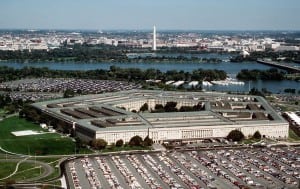
Thirty years ago, the Goldwater-Nichols Act restructured the Defense Department by giving greater authority to the chairman of the Joint Chiefs of Staff and changing the chain of command in a way that allowed combatant commanders report directly to the defense secretary. However, experts told the Senate Armed Services Committee on Tuesday that the law may have had unintended consequences that contributed to the Pentagon becoming more top heavy and slow to react.After the hearing, SASC Chairman John McCain (R-Ariz.)…













